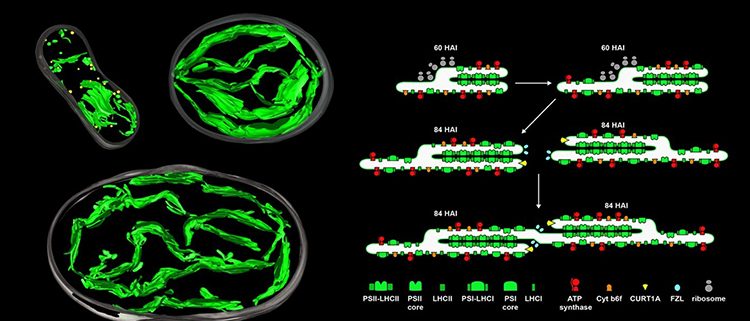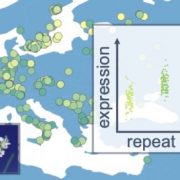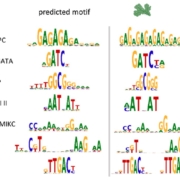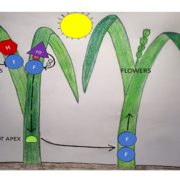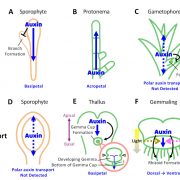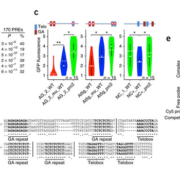Chloroplast Biogenesis in Germinating Seeds: A Multi-Dimensional Approach
Zizhen et al. perform electron tomography and correlative gene expression analyses of thylakoid assembly in greening Arabidopsis cotyledons Plant Cell (2018) https://doi.org/10.1105/tpc.17.00972
By Byung-Ho Kang
Background: The chloroplast produces carbohydrates and molecular oxygen from water, carbon dioxide, and sunlight. The protein complexes that carry out photosynthesis are located in an elaborate and continuous network of membranes termed thylakoids. The thylakoids consist of two structurally differentiated domains, the stacked grana thylakoids and unstacked stroma thylakoids that interconnect grana thylakoids. Photosystem (PS) II and its interacting partner, light-harvesting complex (LHC) II, are preferentially concentrated in the grana thylakoid because LHCII promotes membrane adhesion. Most of PSI and all ATP synthases are associated with the stroma thylakoid because of their bulky domains that cannot fit in thylakoid stacks.
Question: Seeds have proplastids, undifferentiated plastids that lack thylakoids. But they transform into chloroplasts within several days during germination. Construction of the thylakoid is the hallmark of the plastid-to-chloroplast conversion. Using three-dimensional electron microscopy, we aimed to identify key structural intermediates of thylakoid assembly and to correlate their appearances with the expression of the major protein complexes.
Findings: We found that tubule-vesicular precursors of thylakoids in proplastids enlarged and flattened when polysomes bound to their surface at 36 hours after imbibition (HAI). The sheet-like thylakoids became interconnected and developed stacks as new thylakoids budded out from and expanded over pre-existing thylakoids (60 HAI). PSII subunits accumulated when planar thylakoids coated with polysomes appeared, while constituents of ATP synthase, cytochrome b6f, and LHCII were up-regulated when thylakoid stacking was discerned. Grana thylakoids and stroma thylakoids began to be differentiated in chloroplasts at 84 HAI, and this stage coincided with a sharp increase in expression of PSI and CURT1 membrane-bending proteins. FZL is a chloroplast-targeted dynamin-like protein and chloroplasts lacking the protein failed to form a continuous thylakoid network.
Next steps: Seedlings that germinate under darkness produce etioplasts that quickly transform into chloroplasts once light is available. C4 plants have two functionally and structurally distinct types of chloroplasts that develop from proplastids. The next questions concern how the linear developmental sequence of thylakoid assembly that we uncovered varies in these different chloroplast biogenesis pathways.
Zizhen Liang, Ning Zhu, Keith K. Mai, Zhongyuna Liu, David Tzeng, Katherine W. Osteryoung, Silin Zhong, L. Andrew Staehelin, and Byung-Ho Kang. (2018) Thylakoid-bound polysomes and a dynamin-related protein, FZL, mediate critical stages of the linear chloroplast biogenesis program in greening Arabidopsis cotyledons. Plant Cell 30: 1476-1495 https://doi.org/10.1105/tpc.17.00972


